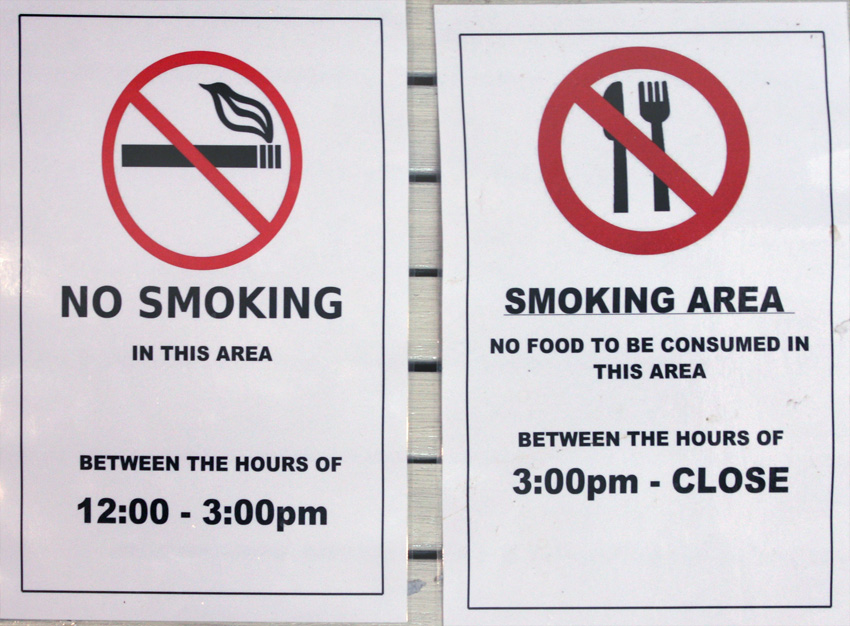
The NSW Office of Liquor, Gaming & Racing issues around 1,000 compliance breaches each year, costing pubs around half a million dollars.
Statistics obtained through Freedom of Information show OLGR issued 4,348 non-compliance breach notices in 2011-2014, totalling over $2.4 million. Around 30 per cent of the breaches were issued in 2014.
A recent example was a hotel in western Sydney where police attended due a noise complaint. The licensee of five years was fined $7,400 for 23 breaches, relating to: intoxication on premises (x8), missing liquor signage (x7), and missing gaming signage (x8).
Compliance breaches regularly enforced include: RSA certification, ‘Licensee’ signage, and signage and compliance regarding minors.
Speaking to PubTIC, John Mead of Intelligent Compliance says licensees are aware of the challenges of compliance – made even more relevant in the era of ‘risk-based’ licensing fees.
Himself a former publican and 50-year industry veteran, Mead says he has worked for the past two years on a solution to the common problem.
“We developed Intelligent Compliance to provide licensees with the tools to assist in remaining compliant.
“If [breached] venues had had our system, the licensee would have been aware of missing signs, and the system would have highlighted who has not completed an approved RSA course.”
Mead says that the system has the added benefit of providing a record of compliance, which could prevent a fine for a recently missing sign by a random inspector.
The Gibson Family’s Lake Macquarie Hotel in Morisset has been using the Intelligent Compliance system for some time. Aaron Gibson told PubTIC it saves him considerable time and appeals to their preference to prevent problems before they occur.
“We could see the merit in not having to run around with a clipboard twice a week,” said Gibson.
“As well as the benefits of having a logged paper trail – even if it is digital – to demonstrate we have a history of compliance.
“The hotel has 58 signs to check, and I can usually go around and scan and log them in about 10 minutes.”
The system works using a conventional smartphone, and QR codes are scanned to log and certify signs. Other features alert operators to further compliance checks, and all information and records are available online.

